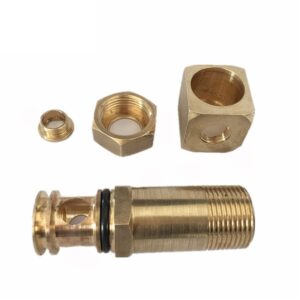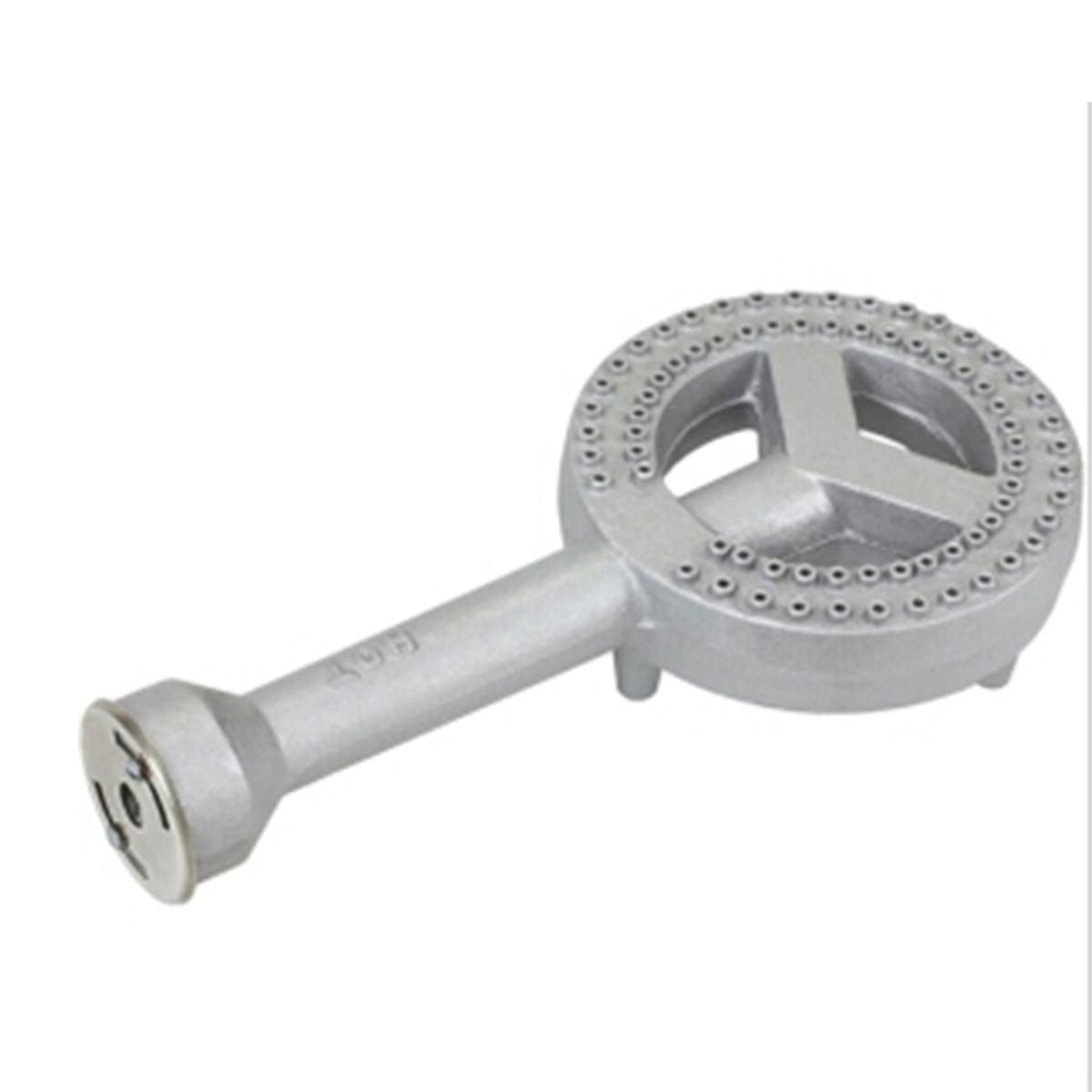
Specifying tighter than standard tolerances can actually change the optimal manufacturing process for your parts. For example, a hole that can be machined on a vertical mill at one tolerance range may need to be bored on a lathe in a tighter tolerance range, adding set-up costs and lead time. Even tighter tolerance requirements may require grinding or lapping.





